Photos: A Roman entertainment district brought back to life
Carnuntum reconstructed
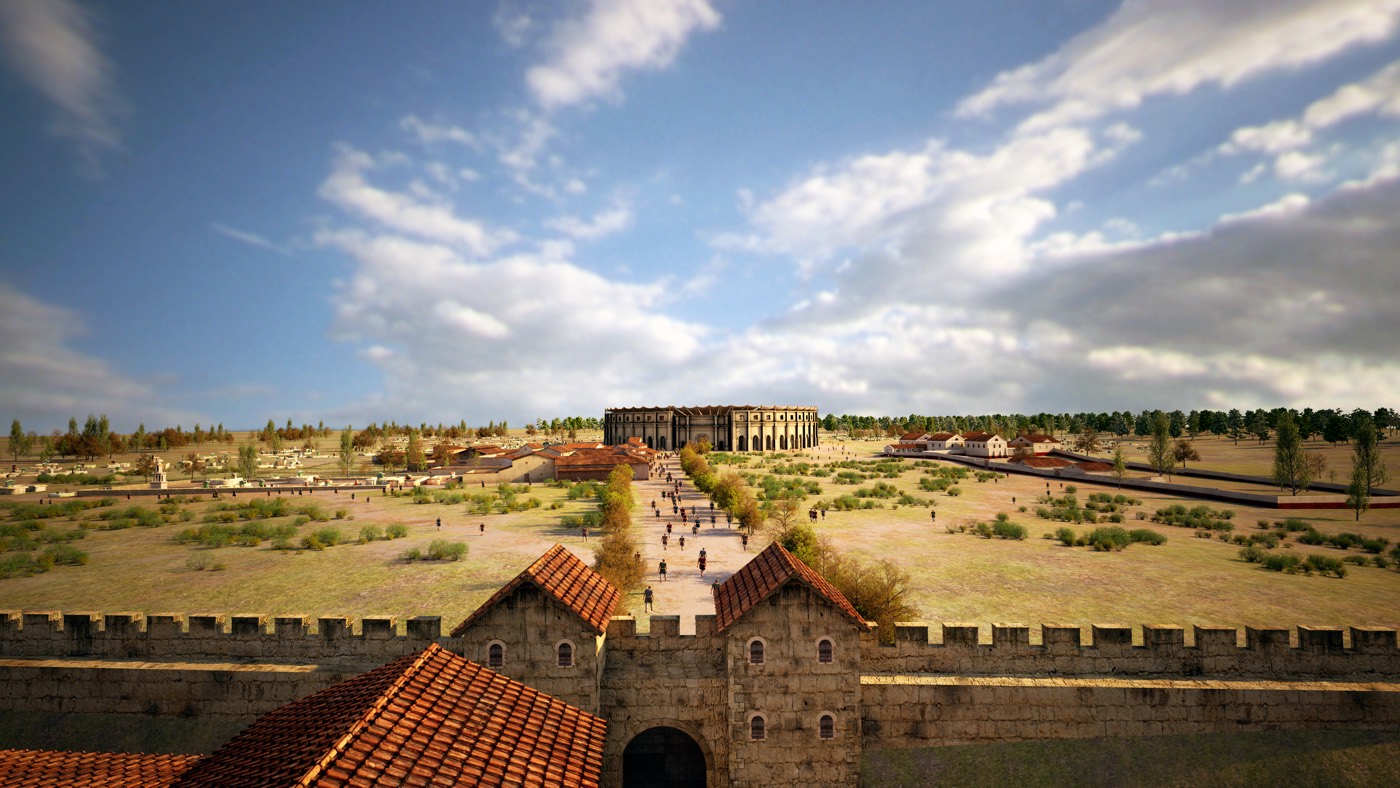
The ancient city of Carnuntum, in modern-day Austria, was one of the biggest in Roman Empire, complete with an amphitheater that could fit 13,000 people who wanted to watch gladiator battles. Without digging, archaeologists have detected ancient shops and food stalls that would have served spectators outside of the big arena.
The team, from the Ludwig Boltzmann Institute for Archaeological Prospection and Virtual Archaeology (LBI ArchPro), created digital reconstructions of what the area around the amphitheater would have looked like. [Read the full story here]
Gladiator school and shops
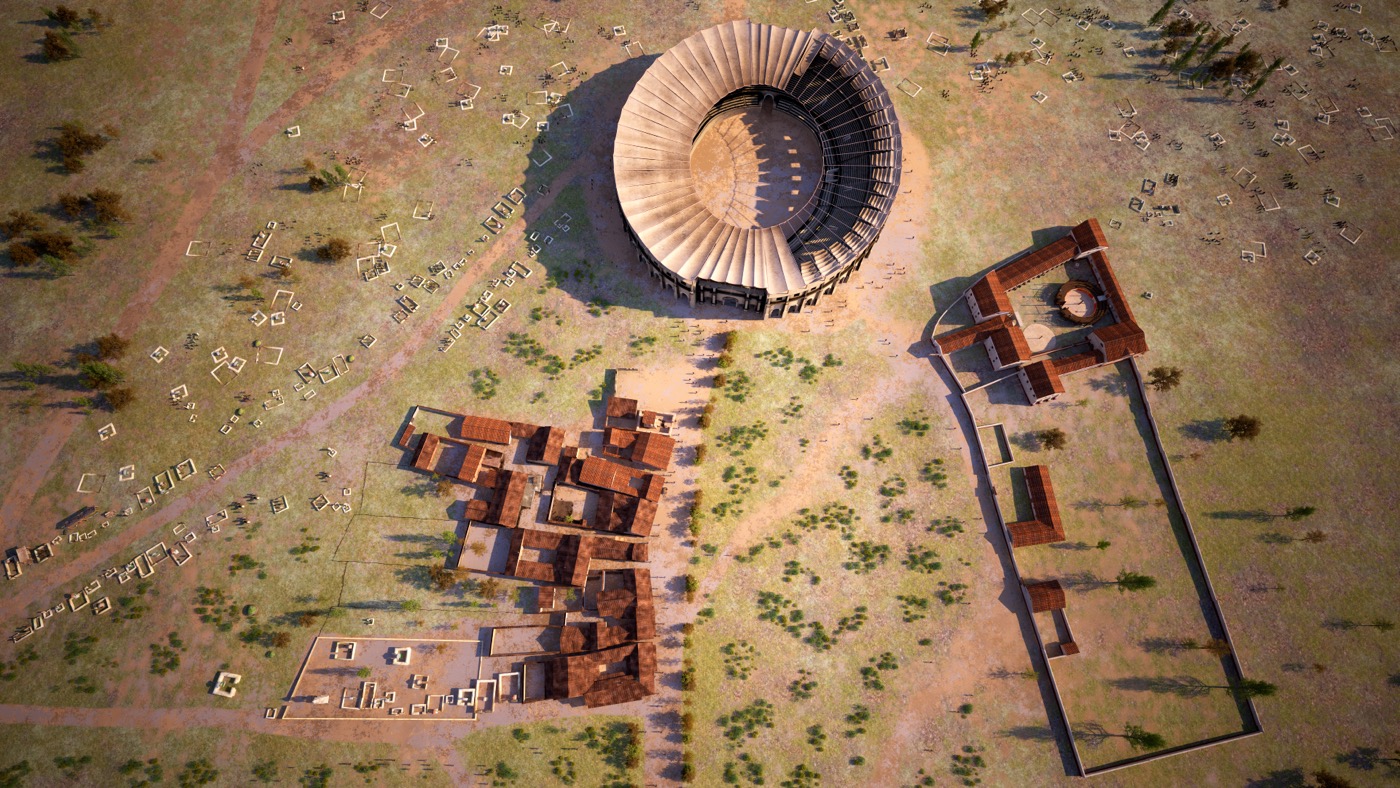
A few years ago, the researchers found a gladiator school, and more recently they identified a wide, shop-lined boulevard.
Underground city
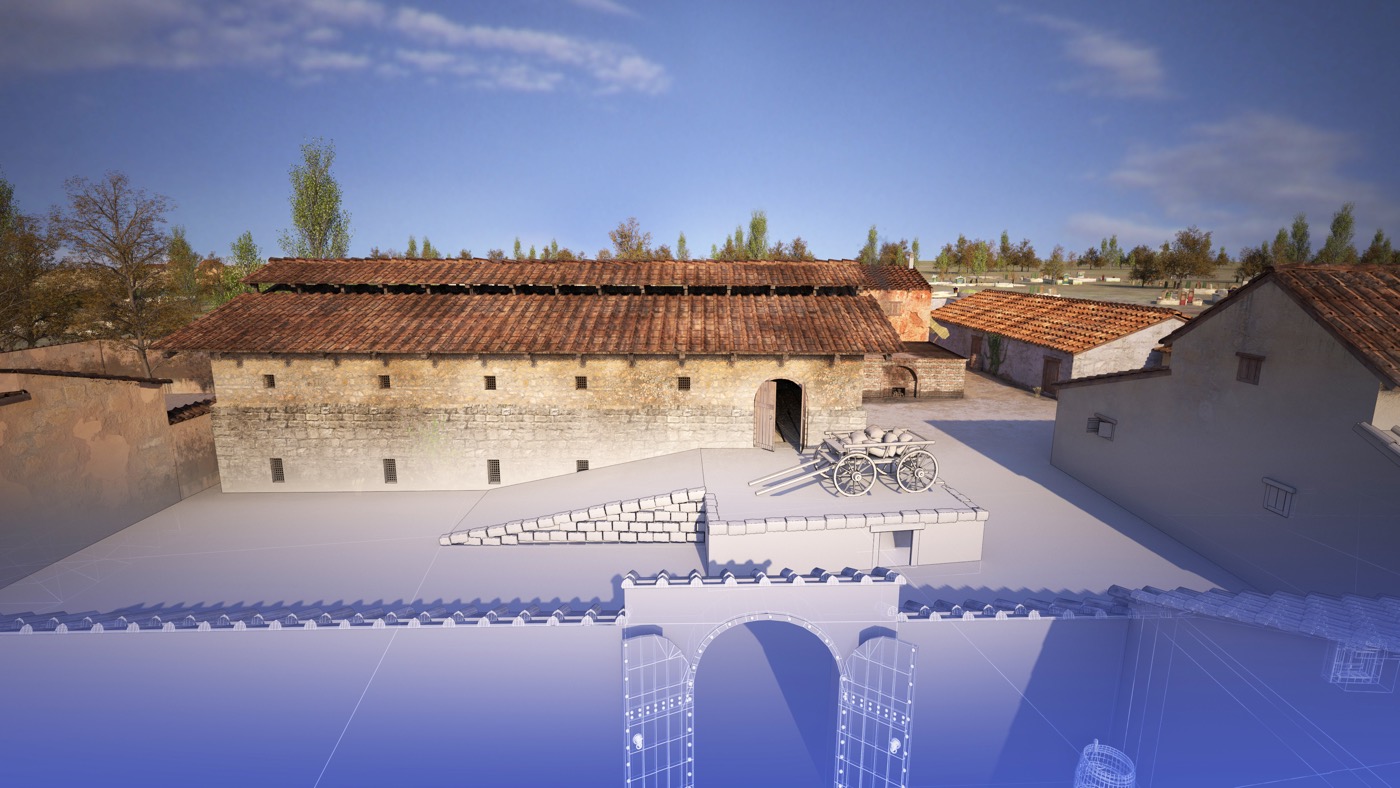
Carnuntum fell into decline in the fourth century A.D., and now the city is largely hidden underground. So the archaeologists used non-invasive methods, like ground-penetrating radar, to peer under the surface.
Old amphitheater
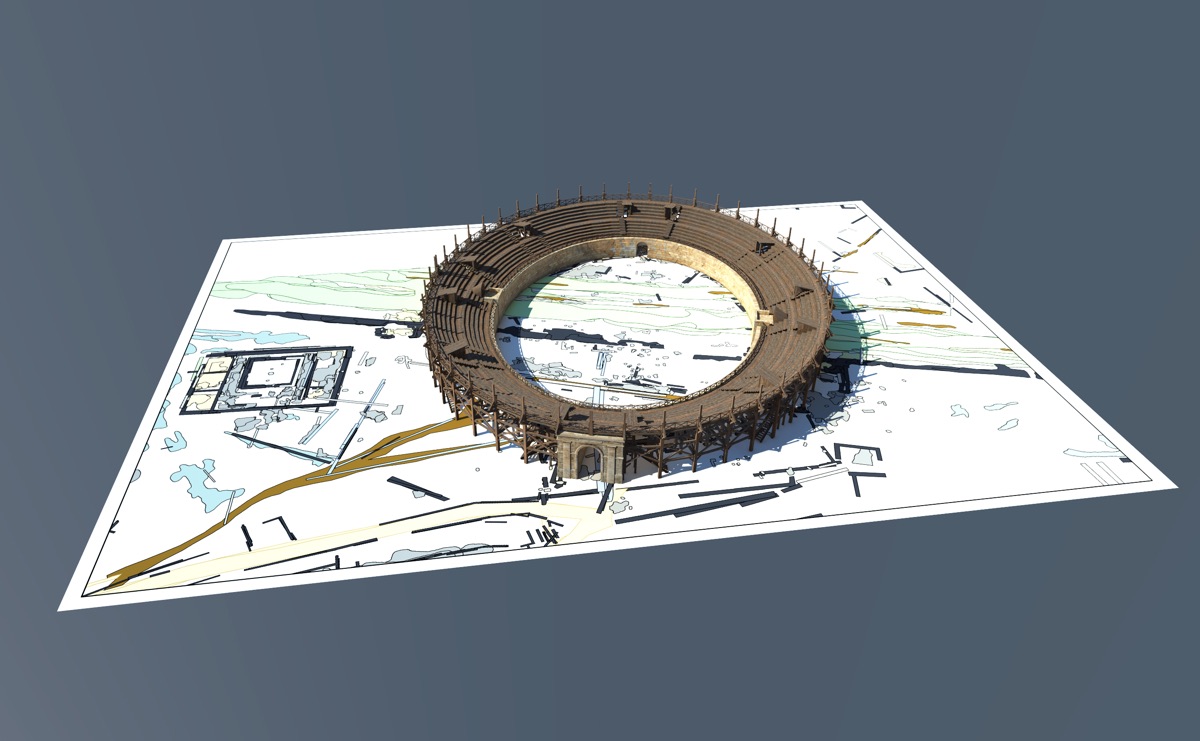
The researchers also revealed the layout of a forgotten older wooden amphitheater near the main amphitheater. It had been buried under the walls of the civilian city.
Bread and games
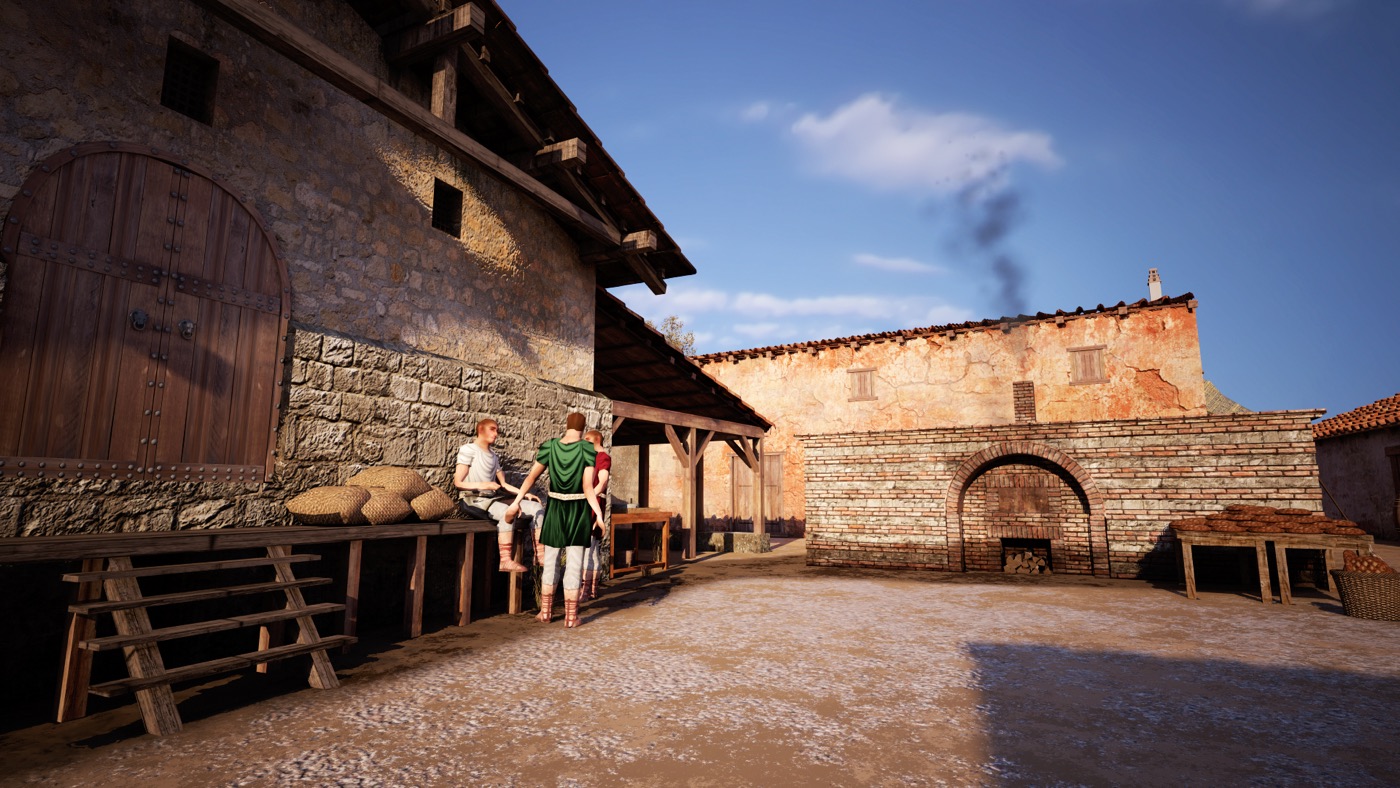
The team identified a huge oven that likely would have been used for baking bread to feed the spectators.
Wine cellar
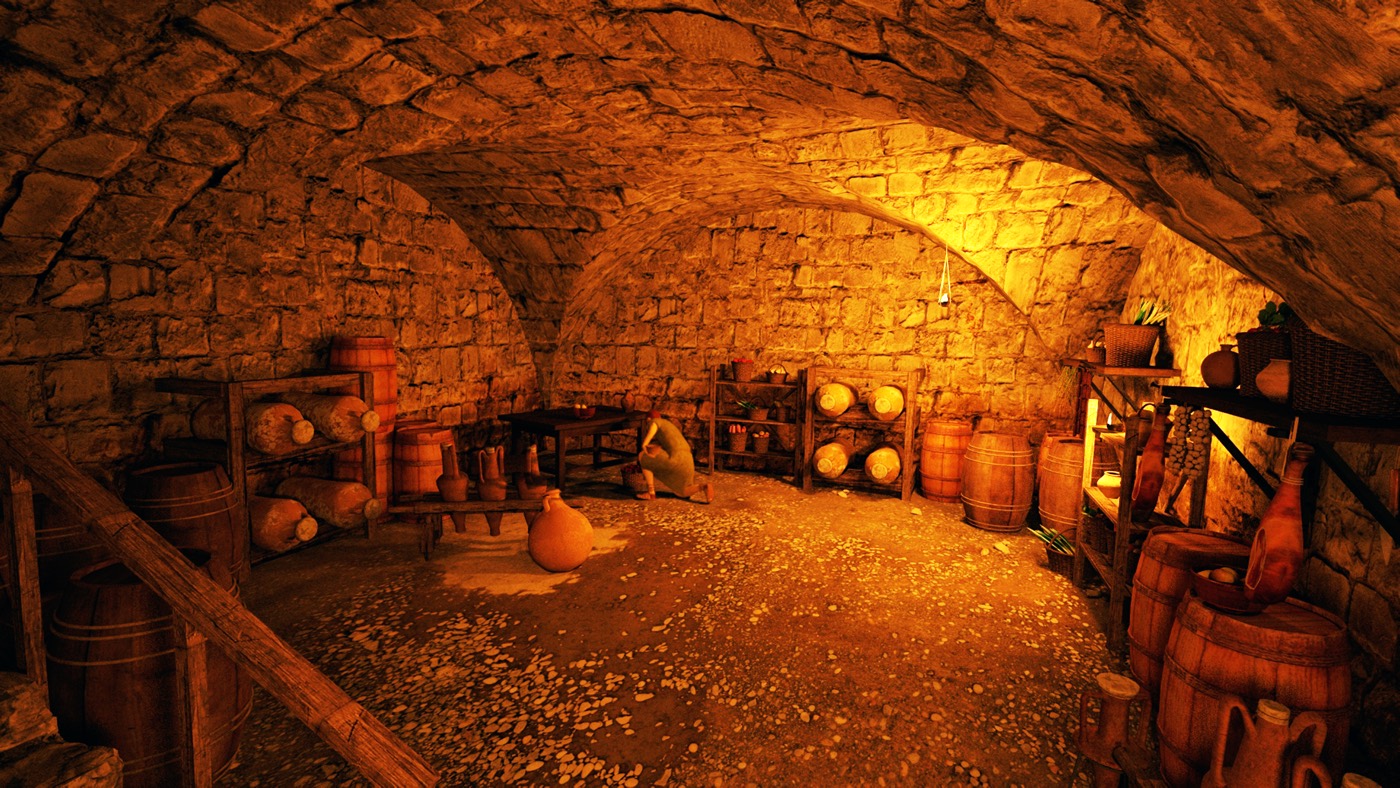
Underground cellars would have stored the food and wine sold in the area’s taverns.
Get the world’s most fascinating discoveries delivered straight to your inbox.
Shopping
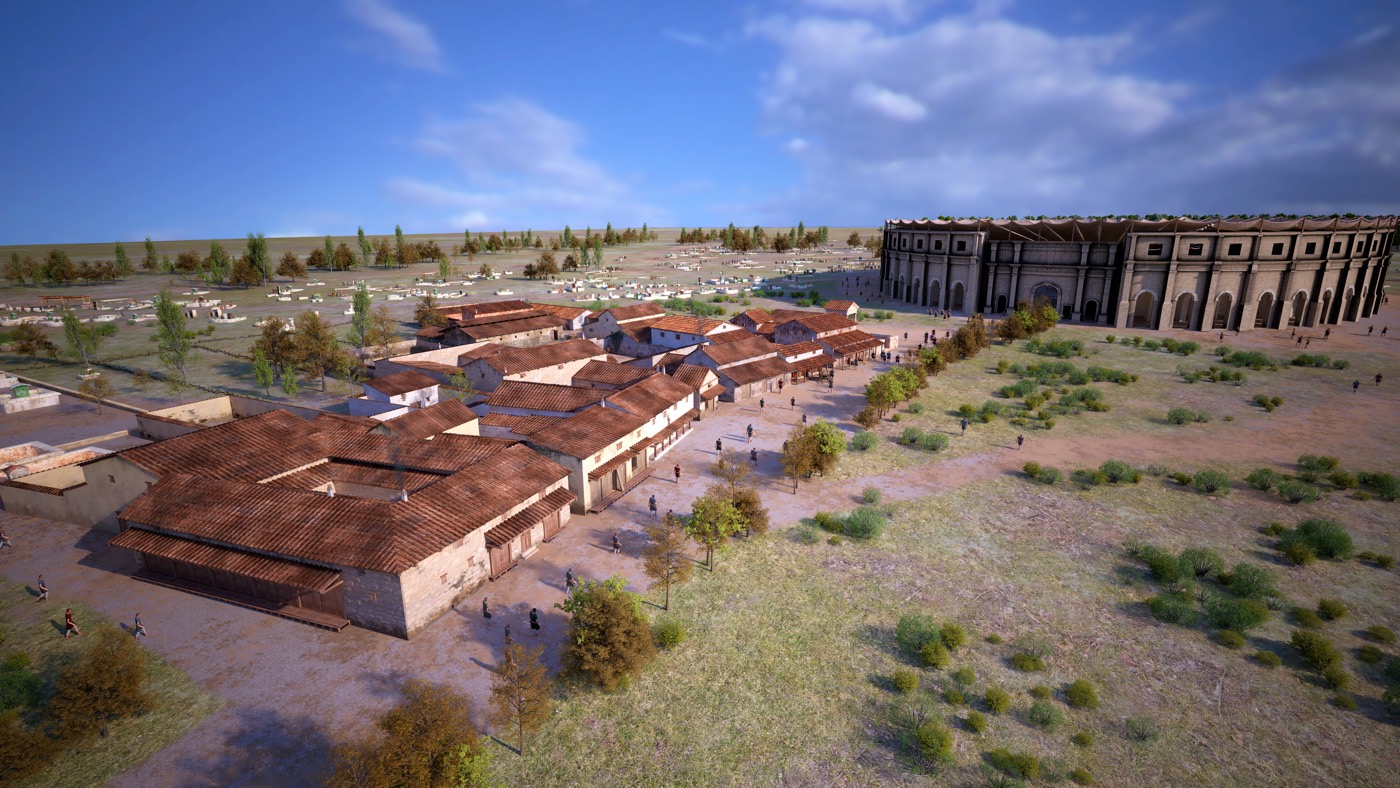
This entertainment district was separate from the rest of the city and clearly led up to the amphitheater. It probably also would have included shops where people could buy souvenirs to remember their day at the arena.



